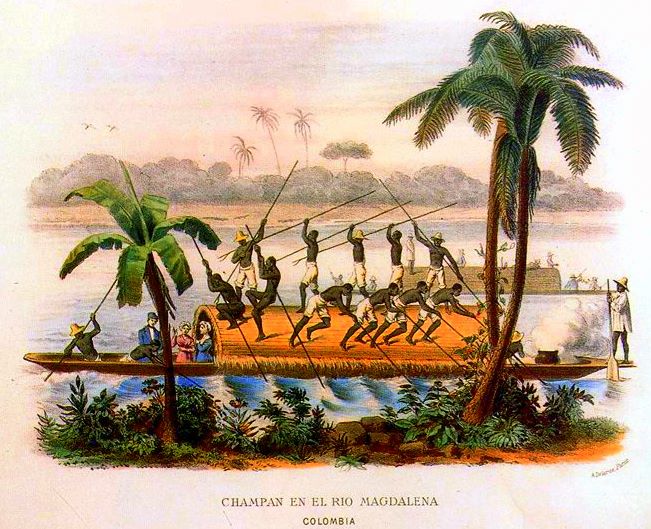

But is the sugar of broken down (caramelized) onions the same sugar? As in, would the jar with sugar next to my meal to show me how much sugar I’m eating fill up as the onions caramelize?


But is the sugar of broken down (caramelized) onions the same sugar? As in, would the jar with sugar next to my meal to show me how much sugar I’m eating fill up as the onions caramelize?
I read somewhere that pigeons normally live in little holes in cliffs, and that their “nests” are basically only supposed to prevent the egg from rolling out. So they are doing perfectly fine in their own way. In contrast to you and your stupid experiment.


So your husband is 20?


Oh my. Good luck!


So none of these images are from the actual site right?
Americans will be like, haha look at this tiny car, while this car is still twice as big as your average European one.
Ok maybe I’m stupid and naive, but just to check: was this actually in the show?


Sounds like a cool where good things happen. Remind of the (brief) time I worked at the People’s supermarket in London.

I showed this to my girlfriend and she was like, “I don’t get it, why are you showing this to me?”


I love this post


Its my home too. Does this make us flatmates?

Incredible.
I also found this passage in Davis’ “Magdalena: river of dreams”, which talks of “bogas”, the often black people that were tasked with navigating river transport (although I guess it should be recognized that this is about 260 years after Gonzales Jimenez de Quesada):

As he traveled up the Magdalena in 1801, Alexander von Humboldt described the complex choreography. With the depth and volume of water,it was rarely possible for the bogas to make contact with the actual bed of the river. Thus, the massive champanes, some capable of carrying 120 bales of cargo, each with a weight of 250 pounds, had to cling to the shores,allowing the men purchase and leverage for their poles: roots and tree trunks, gravel banks and mudflats. As a helmsman steered the flat-bottomed vessel from the stern, the pilot orchestrated the movement of the men. In the bow, beyond the protective awning, the six bogas, all naked save for loincloths, each wielded a two-pronged pole three times the height of a man. As three of them moved toward the awning, pressing their poles against their chests, the other three walked toward the front of the vessel,with arms uplifted, holding their poles horizontally above the heads of those engaged. Three of the bogas reached the bow precisely as the other half of the team came to the awning. At that instant, be it day or night, those at the bow dropped their poles into the water, while those at the awning swung theirs up in the air. The result was a continuous motion, a constant momentum such that the champán never had a chance to slip back downstream. The work demanded what Humboldt called “Herculean strength,” but muscle power alone was not enough. The bodies of the men,callused and scarred across the nipples and chest from the constant friction of the poles, had to move in rhythm, with the precision of a well-drilled military unit. Humboldt saw it as a form of dance, a perfect balance of power and grace.

But how did the sail against the current?

But how did the sail against the current?


I think at lemmy it makes more sense to have a sign for not sarcastic. Maybe ~/s~
What is juuling?